Learn how to choose the right type of grass seed, plus some top options for all kinds of lawns.

The Perfect Grass Seed for Your Yard, According to Experts


Best Grass Seed for Cold Climates
In northern states, Kentucky bluegrass is king. Fine fescues, including creeping red, chewings, sheeps and hard fescues are also well adapted to northern winters.
But don’t plant only one grass seed type. “Typically most seeds come as a blend of species,” Mange says. “You want to avoid a monoculture which is all one species, so the lawn as a whole is more tolerant of possible insect and disease issues.”
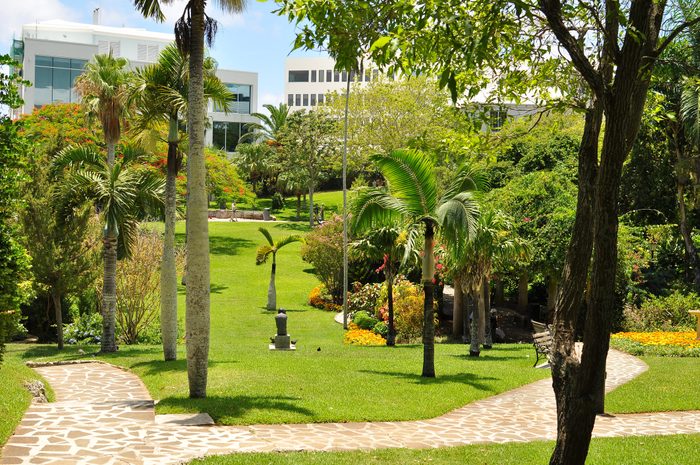
Best Grass Seed for Warm Climates
Bermudagrass is the seed of choice in the South. It feels right at home when temperatures reach 90 degrees F, and it hardly whimpers when the mercury exceeds 100 F.
Other grasses best suited for hotter climates are zoysia grass and tall fescue. In warmer climates, you may find these grasses as plugs or sod. “A number of grasses are more commonly established vegetatively, meaning via sod, plugs [or] sprigs as opposed to seed. This is much more prevalent among warm-season grasses,” Lanier says.
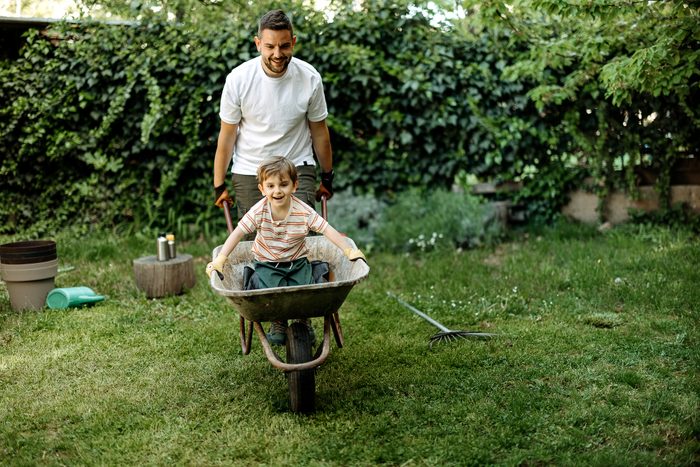
Best Grass Seed for High Traffic Areas
If your lawn is actively used by kids, pets or both, stick with Kentucky bluegrass and perennial ryegrass in the North and bermudagrass, zoysiagrass or tall fescue in the South. These grasses recover quickly from wear and tear. “Many sports fields in warm-season zones have bermudagrass surfaces,” Lanier says. Mange also likes tall fescue blends for high-traffic areas, as “they tend to tolerate more wear and tear without being as visually impacted as other species.”

Best Grass Seed for Low Maintenance Lawns
Look for a seed mix promoting itself as a low-maintenance option, typically branded as such because it grows slowly and requires little fertilizer. That being said, “Any grass well-matched to the growing environment is going to require less management effort relative to one that is not,” Lanier says.
In the North, try a grass seed mix with at least 30 percent fine fescue — the secret ingredient to a take-it-easy northern lawn — and probably also some Kentucky bluegrass. In the South, you can’t go wrong with bahiagrass.

Best Grass Seed to Attract Pollinators
Non-grass plants like heal-all, creeping thyme and white clover can be added to fine fescues to attract pollinators, which in turn create critical habitat for other beneficial insects, birds and mammals. “Clover for instance is a favorite of bees when it is in bloom and is also nitrogen fixing which boosts soil health. Having a tolerance for these plants and not considering them ‘weeds’ will provide more nectar sources for certain pollinators,” Mange says.

Best Grass Seed for Shady Areas
If you live in northern climates look for a grass seed mix with at least 50 percent fine fescue, as “fine fescue blends are the most shade-tolerant,” Mange says. In dense shade, you should increase the amount, up to even 100 percent.
Throughout the middle U.S., from Maryland to California, turf-type tall fescue is a good choice for growing grass in the shade.
Lanier suggests St. Augustinegrass for warmer climates. “Warm season grasses collectively have comparatively poorer shade tolerance overall relative to cool season grasses,” Lanier says. “Among these, however, St. Augustinegrass is probably at the top.”
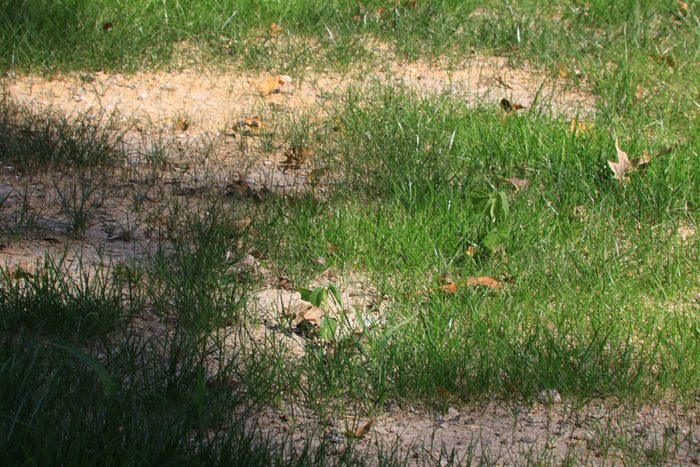
Best Grass Seed for Spot Seeding
When spot seeding into your existing lawn, you’ll want to match what is there. Older lawns can consist of outdated grasses, so no need to get fancy. In the North, simply look for a quality grass seed of Kentucky bluegrass, fine fescue and maybe a bit of perennial ryegrass.
In the South, spot seeding with bermudagrass in full sun or St. Augustinegrass or zoysiagrass in sun-to-light shade works best.
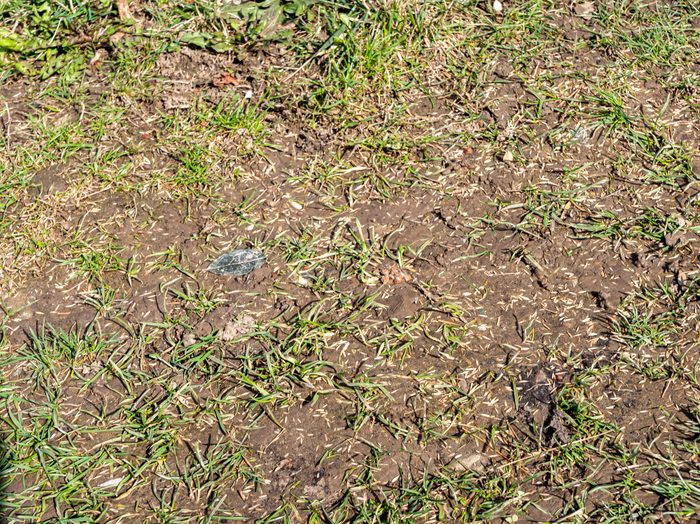
Best Grass Seed for Lawn Reseeding
“Turfgrass selection decisions at the time of planting are among the most important lawn care decision,” Lanier says. “Always strive to obtain the highest quality, freshest and best-adapted seed available for a new planting,” Seek help from university or county extension services or reputable lawn seed suppliers. Keep your purchase local, if you can, as you’ll improve your chances of buying seed suited specifically to your area and needs.
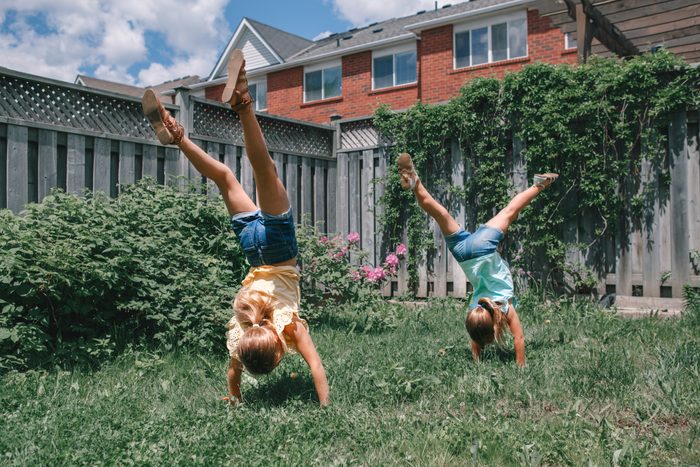
Best Grass Seed for Natural-Looking Lawns
In northern climates, low-mow, low-grow seed mixtures contain fine fescues that can provide a natural look with minimal care. They can be left unmown, creating a wispy, wavy “back-to-nature” look. “It’s an especially good approach for embankments or slopes or areas that are otherwise difficult to maintain in the usual ways,” Lanier says.
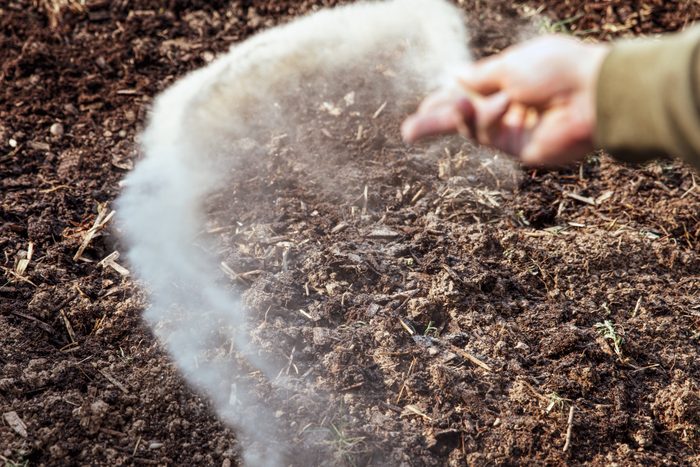
Best Grass Seed for Sandy Soil
Tall fescue, creeping red fescue and hard fescues are top choices for cool-season grass types in sandy soil. Their deep root systems keep them healthy during dry conditions often found in sandy soil. Tall fescue handles foot traffic the best. In warmer regions, try zoysia grass, bermudagrass or bahia grass. They also have a deep root system that works well in sandy conditions. Bermudagrass is especially tough and handles heavy use better than the rest.
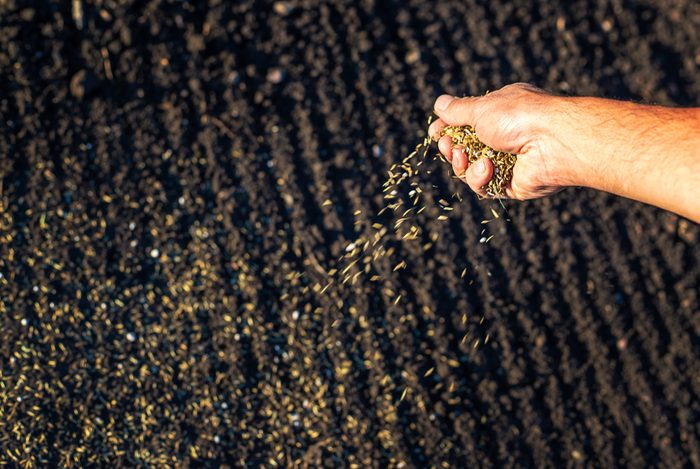
Best Grass Seed for Clay Soil
Clay soil is dense and compact, which makes it tough for grassroots to grow and establish. Still, some grass types handle these conditions better than others. In cooler climates, tall fescue and perennial ryegrass blends are good options, because they have strong root systems that can manage the heavy texture of clay.
In warmer climates, try bermudagrass and zoysiagrass in clay soil. Both can do well in compacted soils and thrive where other grasses struggle.
FAQ
How long does it take grass seed to grow?
It can take six to eight weeks for grass seed to fully germinate, grow and become established across the full surface of the lawn.
How long does grass seed take to germinate?
Expect to wait between seven and 30 days for grass seed to germinate, depending on the grass seed type.
How much do you need to water new grass seed?
Water new grass seed two to three times a day for five to ten minutes until the seed germinates and begins to sprout. For the next few weeks after that, continue to water one to two times per day for five to 10 minutes. Once the grass is established, provide longer, less frequent watering of once per week for 25 to 30 minutes.
When is a good time to plant grass seed?
The fall is the best time to plant grass seed. The soil is warm, and air temperatures are moderate to encourage germination. There is also less competition from weeds as many species go dormant in the fall.
Does grass seed go bad?
Even if stored properly in an airtight container in a cool, dark place, grass seed goes bad after several years, losing its ability to germinate.
About the Experts
- Joe Churchill is a Senior Turf Specialist with Wisconsin-based Reinders, a major distributor of lawn care products in the Midwest. He has over 25 years of experience in the turfgrass industry, is certified in Turfgrass Management with a B.A. in Geography and Horticulture from the University of Minnesota.
- Ryan Mange is a Lawn/Plant Health Manager at CMS Landscaping, a full-service lawn care and irrigation company in Holyoke, Massachusetts. He is also an International Society of Arboriculture (ISA) Certified Arborist.
- Jason Lanier is Extension Specialist and Group Leader for Commercial Horticulture, with a specialty in turf management, at the University of Massachusetts, Amherst. Mr. Lanier has B.S. and M.S. degrees in Plant and Soil Sciences, and has worked at the UMass Extension program since 2000.








![The 5 Best Lawn Mower Picks to Keep Your Grass Gorgeous [Tested and Reviewed]](/wp-content/uploads/2024/03/FHMA24_Toro-TimeCutter-SS4225-Mower_Alex-Kronk-for-Family-Handyman_10_PKedit_FT.jpg?resize=72,72)











